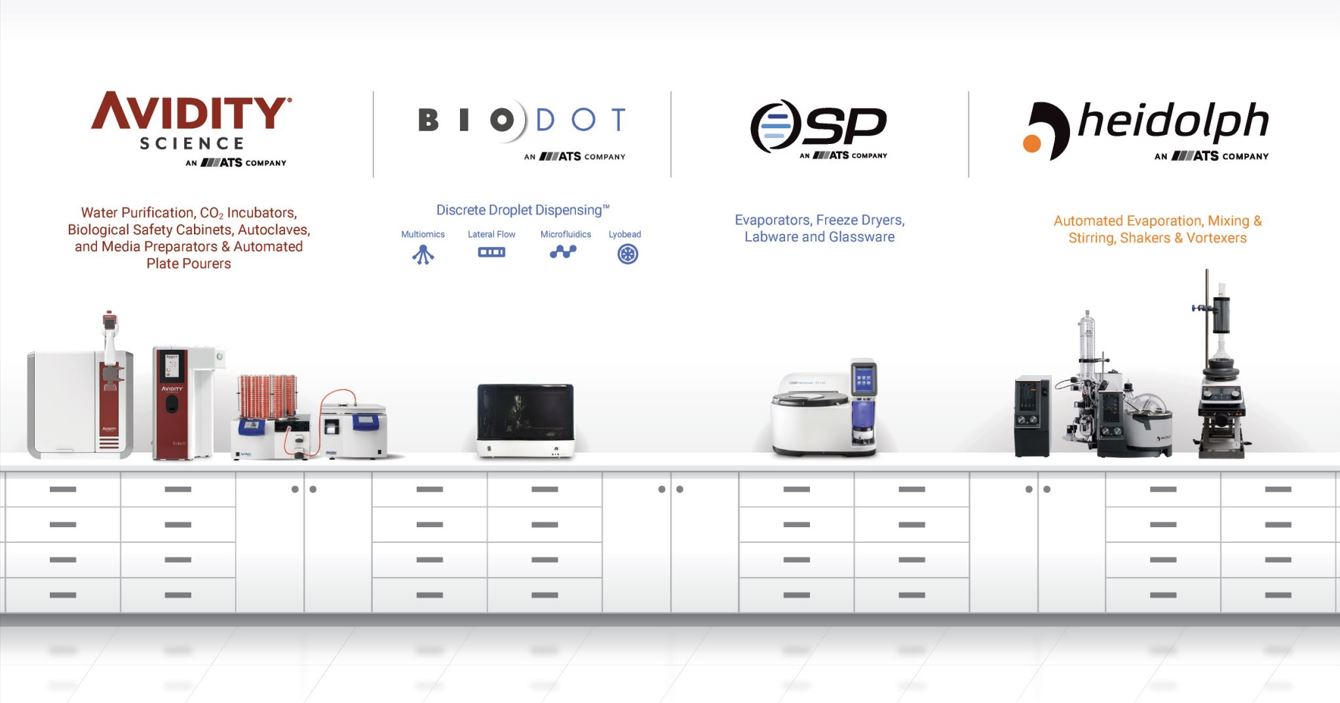Protein Crystallography: Automating the Search for the Perfect Crystal
.webp)
Proteins are responsible for the vast array of essential functions in a cell. For example, the hemoglobin protein carries iron, which binds to oxygen in your blood; oxygen is necessary for your entire body’s operation. Muscle proteins called actin and myosin enable all muscular movement – from blinking, to breathing, to rollerblading.1 Understanding how all your body’s proteins work requires knowing their three-dimensional structure. And one of the most powerful tools for imaging the structure of proteins is protein crystallography.
The first and most challenging step of protein crystallography is growing a protein crystal. Creating a new protein crystal is an arduous process that requires many parameters to be optimized. For example, the concentration of protein, type and concentration of precipitant, pH, and temperature all play a role in crystallization. All these parameters must be optimized to obtain a crystal that is sufficiently pure and concentrated for the subsequent steps of protein crystallography; wherein X-rays (light with a wavelength of 0.03nm to 3.0nm) are cast onto the protein crystal to create a diffraction pattern that can be used to reconstruct the protein's structure. Any impurity in the protein crystal can cause difficulty when determining structure.
Automating the development of protein crystallization parameters is essential because of the large number of parameters that must be explored. There is no good rule-of-thumb for determining these parameters – only a trial-and-error process has been found to work consistently. This results in many trials, even for high-throughput laboratories, which may perform over 1,000 trials per protein. For laboratories with more modest resources, performing 300-500 screening conditions per protein is generally considered to be the minimum. But this can be unsustainable to perform manually as each trial takes several minutes of pipetting to set up accurately.2

Using an automated platform such as BioDot’s Omnia system allows researchers to screen thousands of different conditions in a single experiment, saving a significant amount of time and effort. The Omnia is a versatile automated liquid dispensing platform that can perform a variety of crystallization methods, including classic microbatch, hanging drop, and sitting drop methods, as well as state-of-the-art methods involving microfluidics or lab-on-a-chip systems. It also allows researchers to control crystallization parameters such as temperature and humidity, and experiment with new crystallography methods by dispensing at the nanoliter or picoliter scale with high precision and accuracy (less than 3% CV). Additionally, the Omnia has a built-in camera for observing crystallization results without disturbing your well plates.
Protein crystallography is a powerful tool for determining the three-dimensional structure of proteins that is rate-limited by the challenging task of growing high-quality protein crystals. Automating the search for the perfect parameters for protein crystallization is essential for advancing our understanding of protein structure and function, and for developing new drugs and treatments for diseases.
Sources
- Machalek, Alisa Zapp. The Structures of Life. United States, U.S. Department of Health and Human Services, Public Health Service, National Institutes of Health, National Institute of General Medical Sciences, 2000.
- Chayen, Naomi E., and Emmanuel Saridakis. "Protein crystallization: from purified protein to diffraction-quality crystal." Nature methods 5.2 (2008): 147-153.
About the Author

Wesley Thio is an Associate Product Marketing Manager at BioDot Inc. He obtained his B.S in Electrical and Computer Engineering at The Ohio State University in 2018 and his M.S in Electrical and Computer Engineering at the University of Michigan. His research studies in chaotic circuits, batteries and AI accelerator hardware have resulted in no less than a dozen publications, several patents and the textbook Elegant Circuits: Simple Chaotic Oscillators. He won Ohio State’s Next Generation Innovator award in 2018.





